 |
| Henry Heinz |
Condiments help us to enjoy
our food more. It allows us to personalize our food, suiting our snacks to our
personal taste. Mayonnaise, mustard, and Ketchup, give color and
presentation. Ketchup is the most popular. One company made a name for this
product, Heinz. But who was behind this very established company?

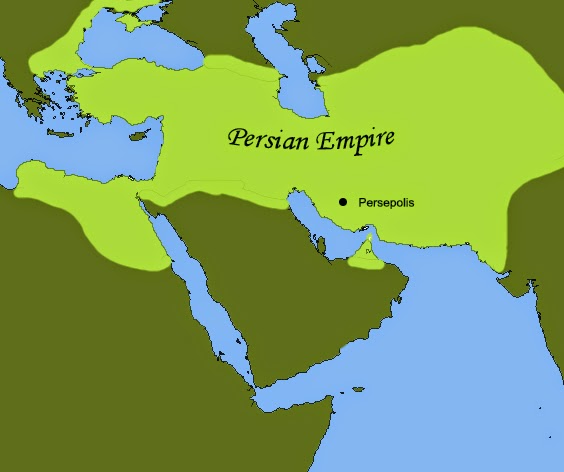




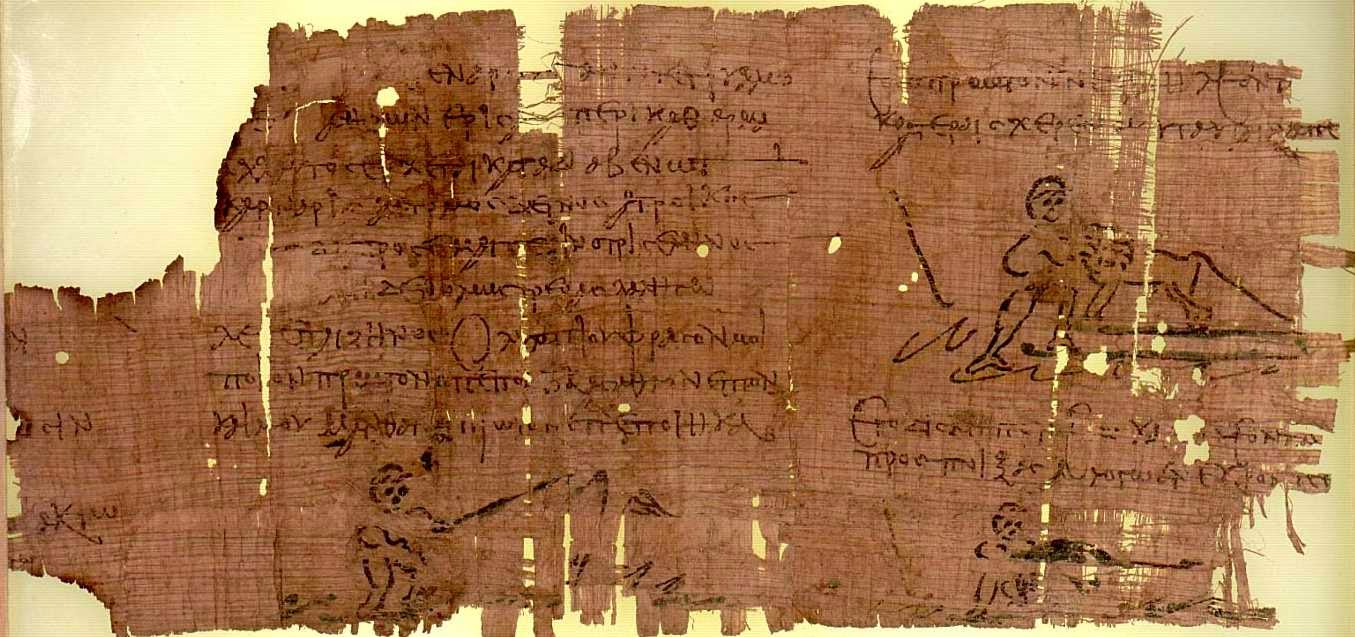
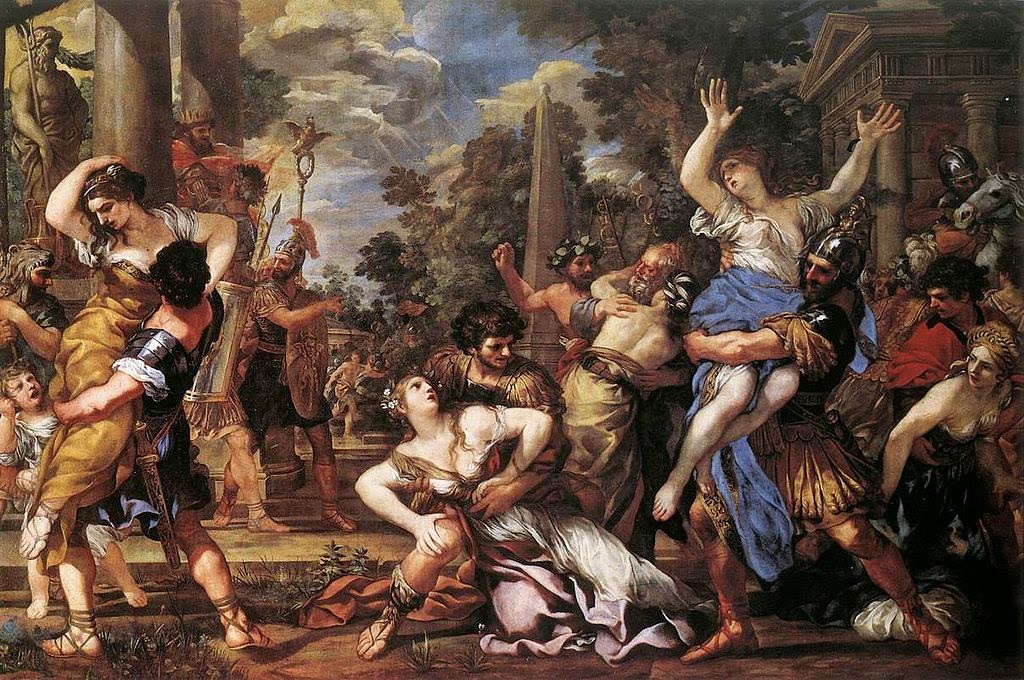




.jpg)


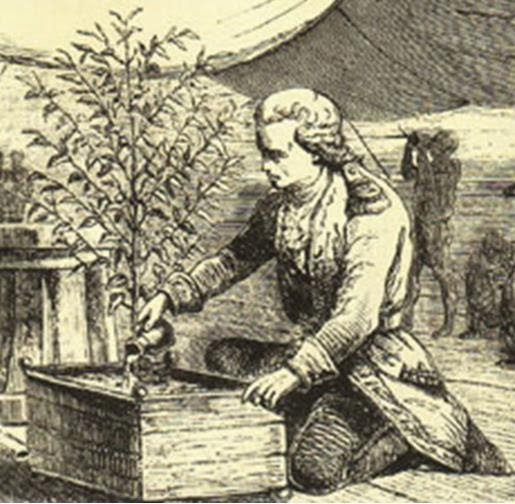













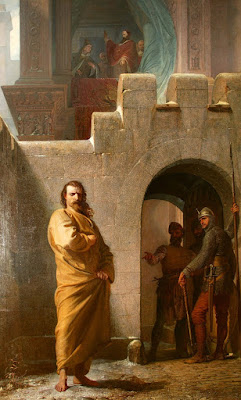



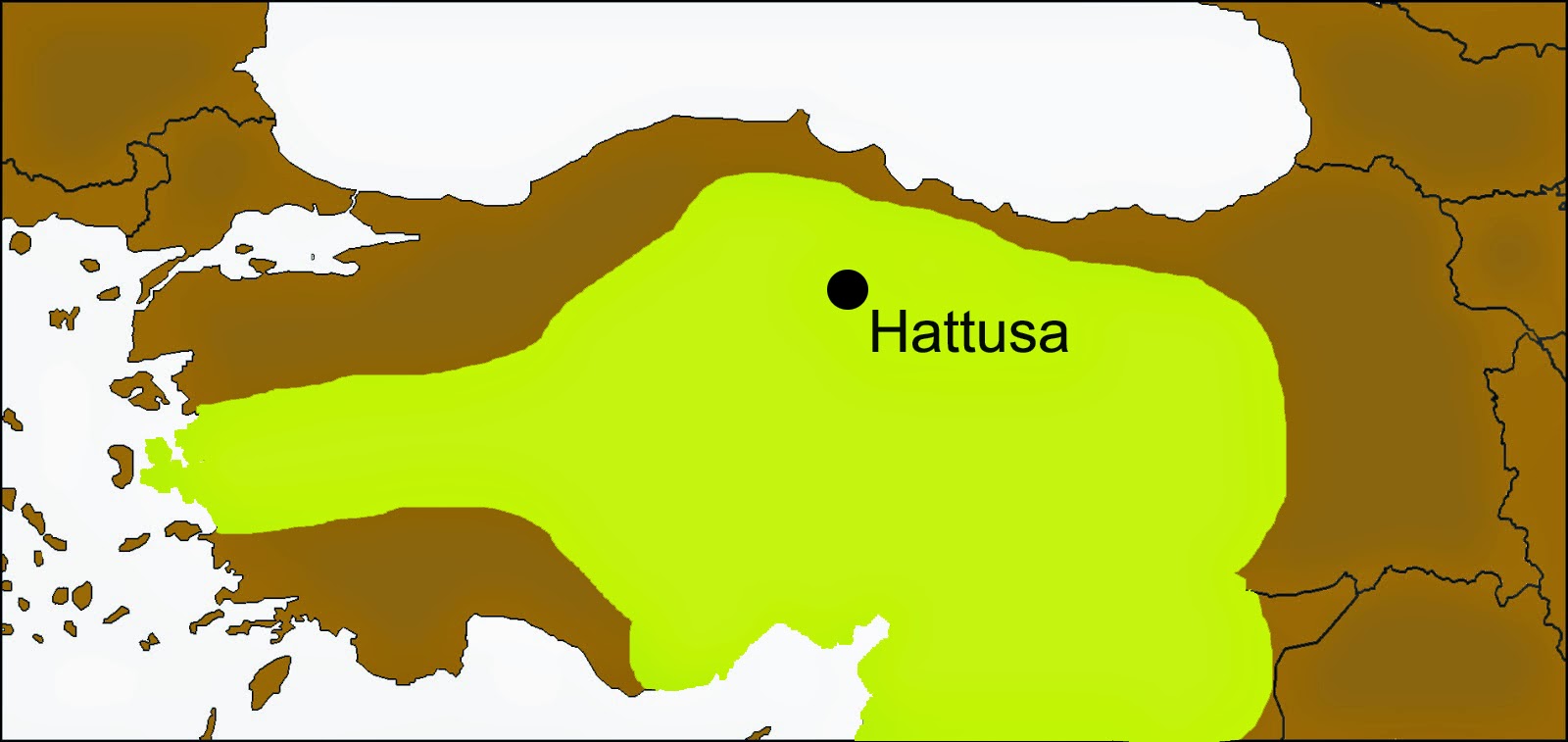






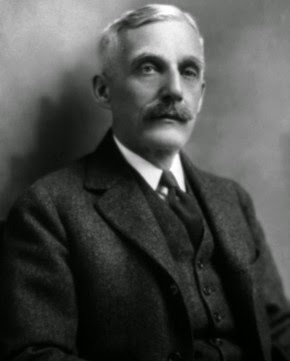









.jpg)
.JPG)
